Zoos have historically been places of education, conservation, and entertainment, showcasing a variety of animal species from around the world. One debate within the conservation community is whether zoos should focus their resources more on big cats, like lions and tigers, or on smaller, endangered feline species. This article explores the various dimensions of this discussion to better understand where zoos might focus their efforts.
The Importance of Big Cats in Zoos
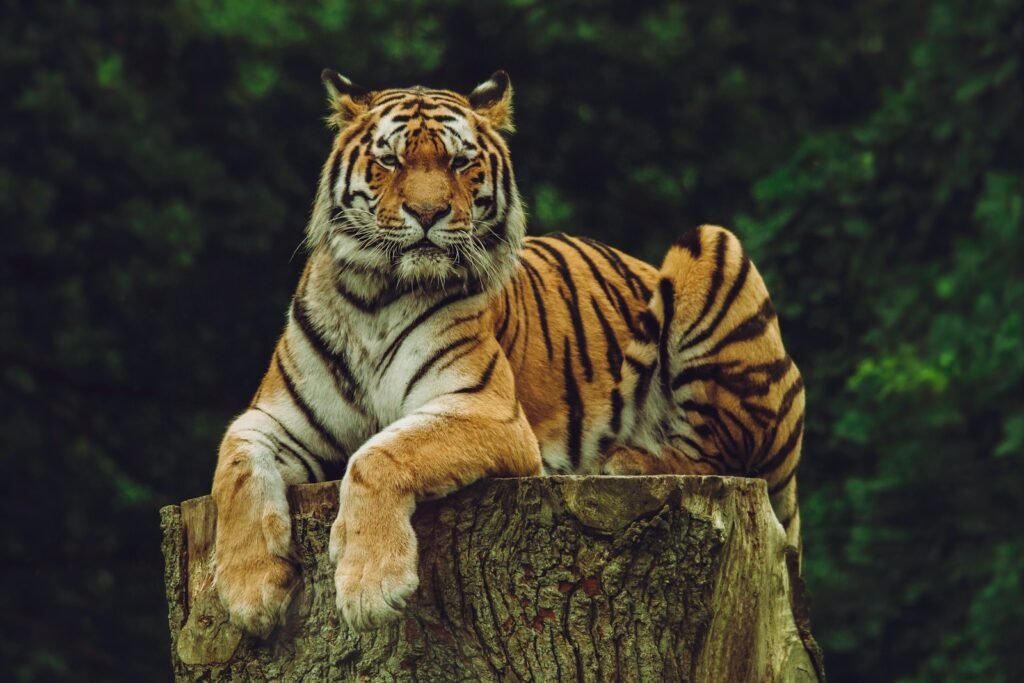
Big cats such as lions, tigers, leopards, and cheetahs have long been staples in zoos, captivating visitors with their majestic appearance and powerful presence. These animals not only attract crowds but also serve as ambassadors for wildlife conservation, raising awareness about their declining numbers in the wild due to habitat loss, poaching, and conflict with humans.
Conservation Success Stories: The Role of Big Cats
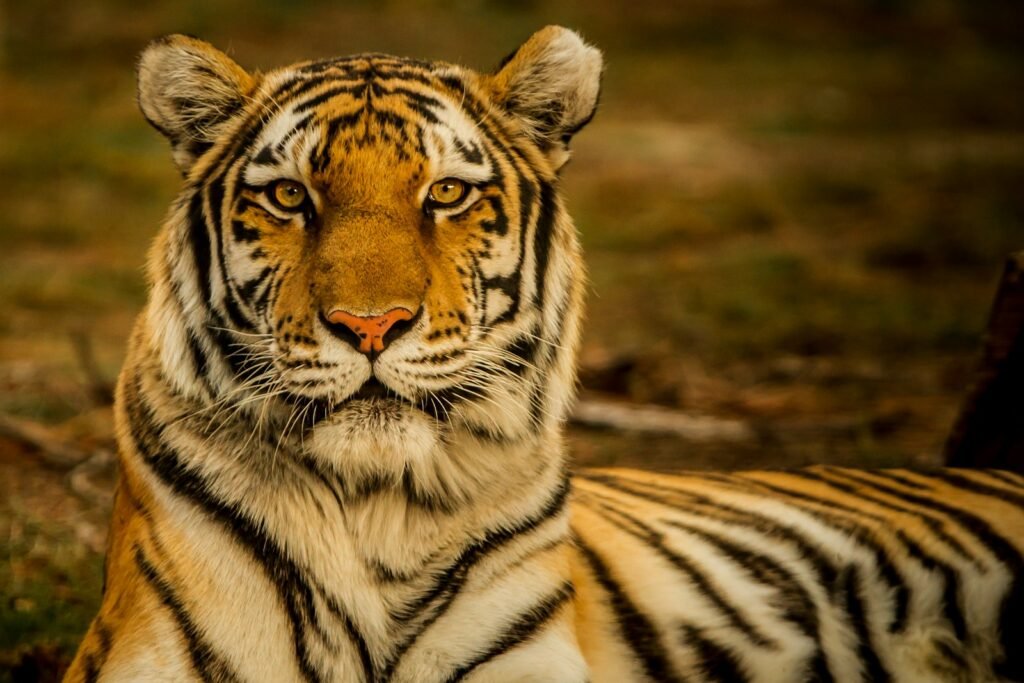
Many zoos have contributed significantly to the conservation of big cat species. Breeding programs have helped increase the population of endangered species like the Amur leopard. Conservation initiatives funded by zoos have also played a critical role in the protection and restoration of big cat habitats around the world. These efforts highlight the potential impact zoos can have when focused on large, high-profile carnivores.
The Overlooked Need: Smaller, Endangered Felines
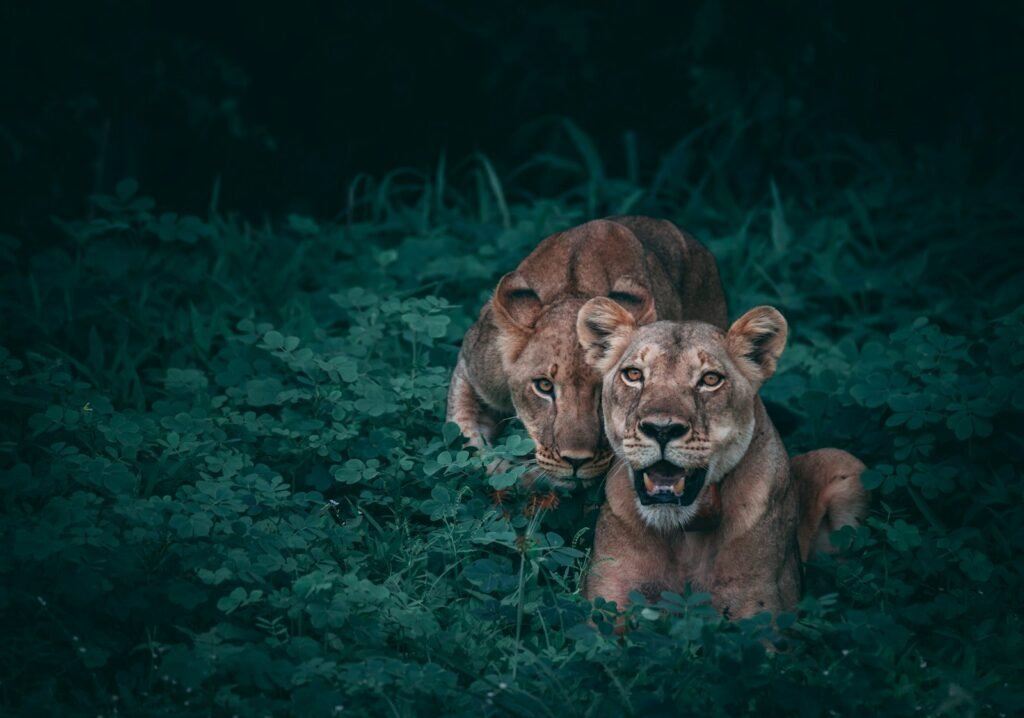
Despite the attention big cats receive, there are numerous smaller felines that are equally at risk of extinction. Species like the Iberian lynx, black-footed cat, and the Andean mountain cat face significant threats and have much smaller populations compared to their larger counterparts. Yet, these animals often receive less focus and fewer resources from zoos and conservation programs.
Why Smaller Felines Deserve More Attention
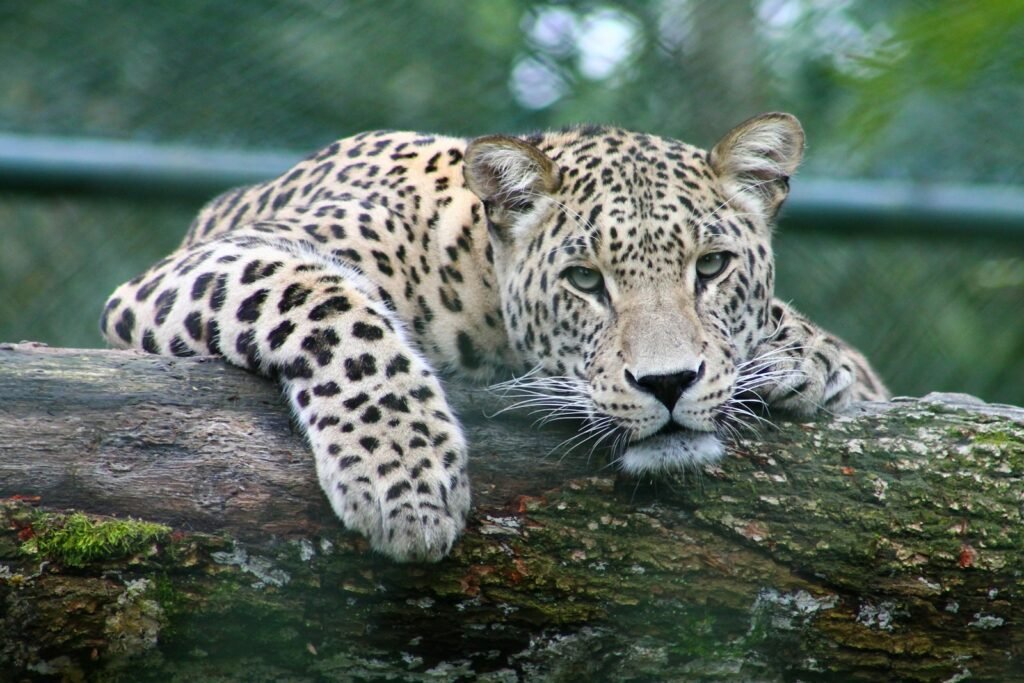
Smaller felines play vital roles in their ecosystems, acting as both predators and prey. Their preservation is crucial for maintaining ecological balance. However, due to their size and lesser-known status, they often don’t capture the public’s attention as effectively as big cats do, leading to less funding and fewer conservation efforts dedicated to their survival.
Challenges in Housing and Breeding Small Felines
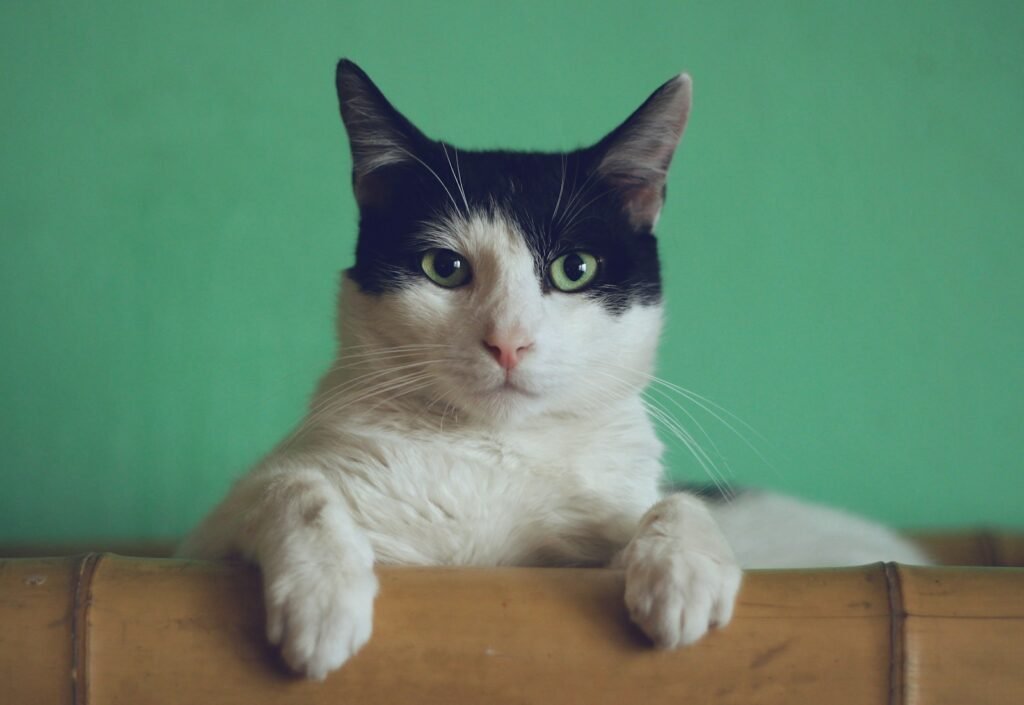
Smaller felines present unique challenges when it comes to housing and breeding in zoos. These animals often require specialized care and environments that mimic their natural habitats. Breeding programs can be complex due to their solitary nature and specific mating behaviors. As a result, additional research and resources are needed to ensure successful captive breeding and conservation efforts.
Public Engagement: Big Cats vs. Small Felines
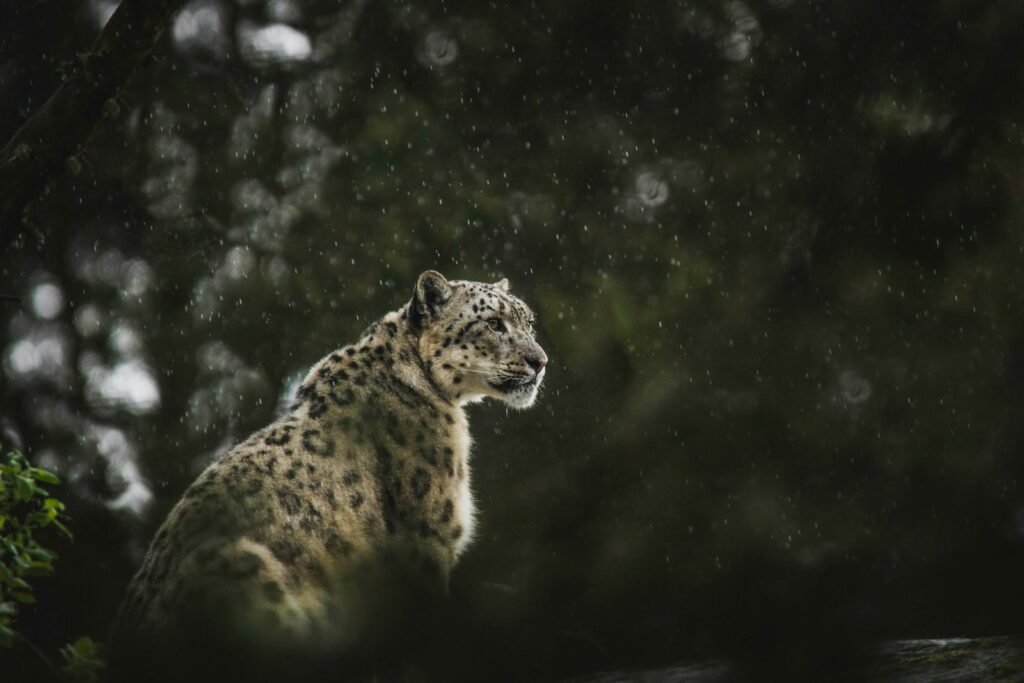
Big cats have the advantage of being iconic and easily recognizable, making it easier for zoos to engage the public and raise awareness about their plight. Conversely, smaller felines may struggle to attract the same level of attention. Zoos must strategically develop educational programs and marketing strategies to increase public interest in lesser-known species.
The Ethical Considerations of Zoo Focus
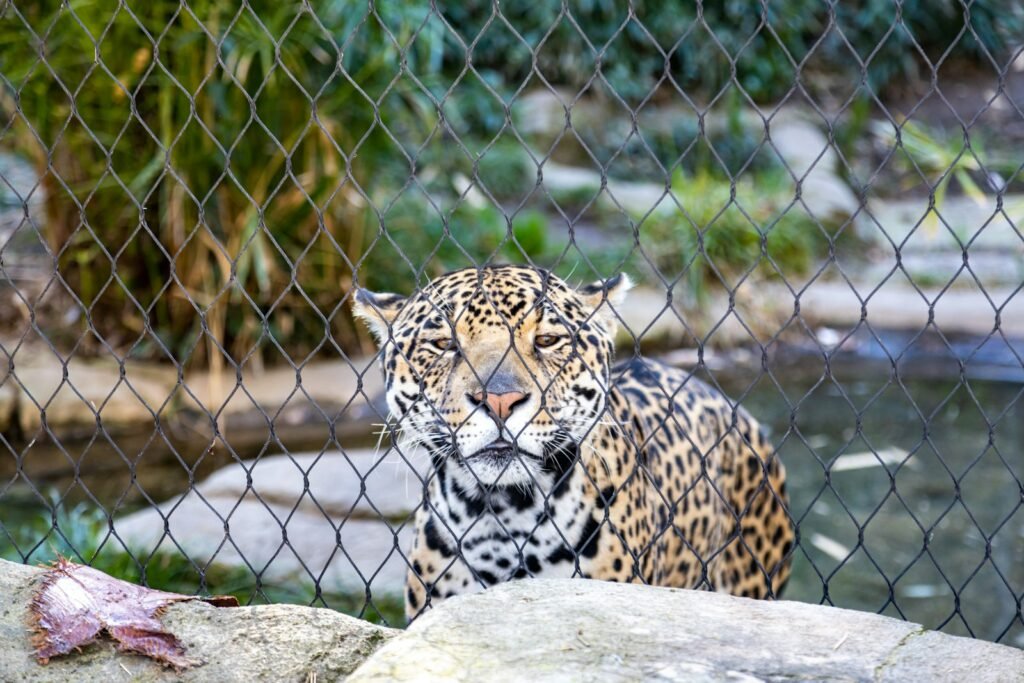
Ethical considerations come into play when determining which species zoos should focus on. Some argue that all animals, regardless of their size or popularity, deserve equal attention and resources. Others contend that zoos must prioritize species that have the highest risk of extinction or those that can benefit most from captivity-based conservation programs.
Balancing Conservation Priorities
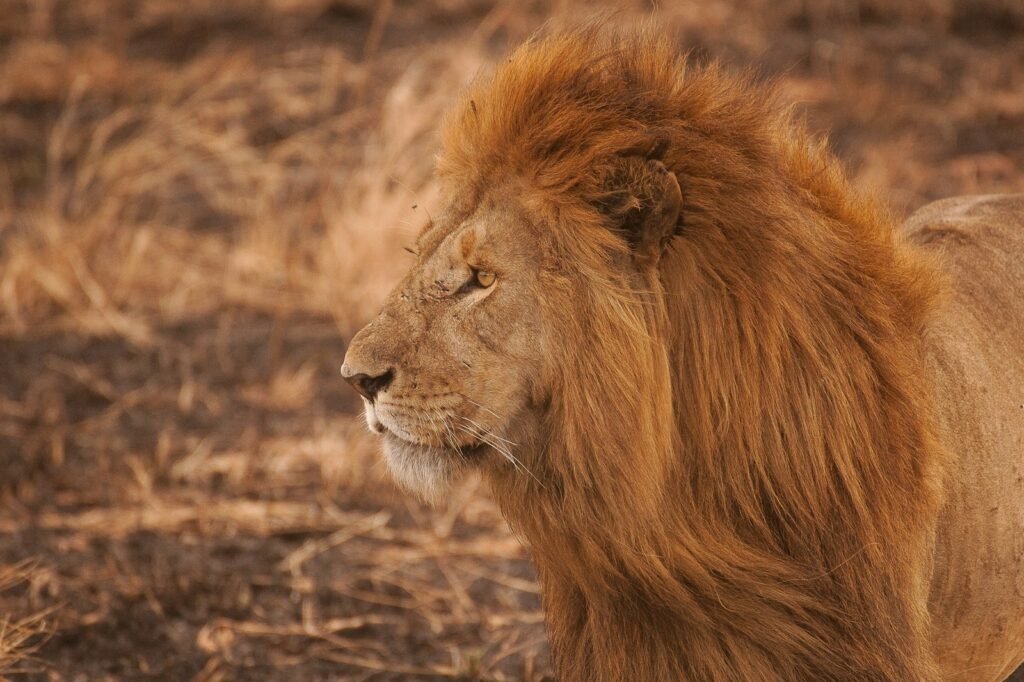
The question of whether zoos should focus more on big cats or smaller felines doesn’t have a straightforward answer. A balanced approach may be necessary, where resources are allocated based on conservation needs, educational potential, and the capacity of individual zoos. This balance ensures that both large and small critical species receive attention and protection.
Future Directions for Zoos
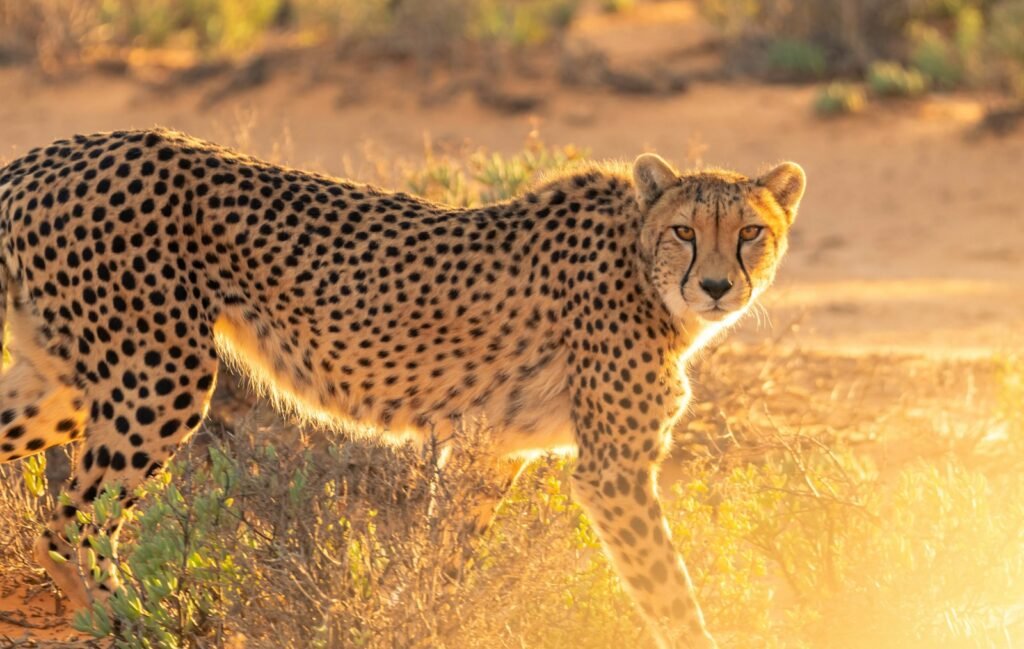
As the conservation landscape evolves, zoos must adapt to new challenges and opportunities. This includes embracing cutting-edge research, forming partnerships with wildlife organizations, and improving captive breeding and reintroduction programs. By doing so, zoos can expand their role in conserving both big cats and smaller, endangered feline species, contributing to global biodiversity.
Conclusion: A Shared Responsibility
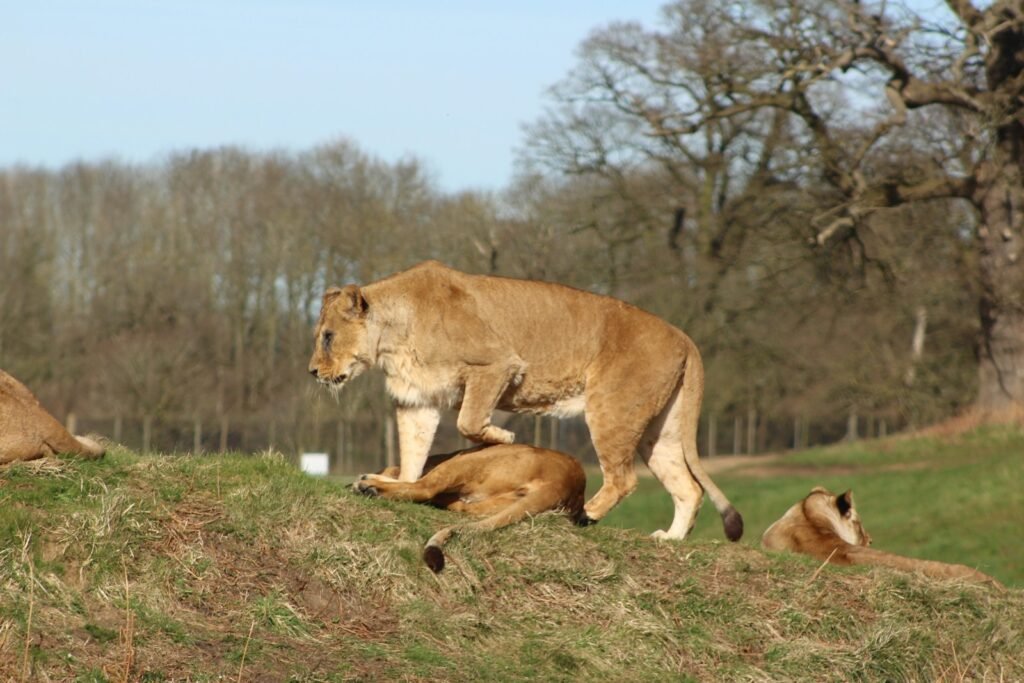
The responsibility of whether to focus on big cats or smaller felines is shared among zoos, conservationists, and the public. By collaborating and supporting diverse conservation strategies, it is possible to protect the wide array of feline species that enrich our planet. In doing so, zoos can continue to be vital players in the effort to preserve global wildlife for future generations.
Hi, I’m Bola, a passionate writer and creative strategist with a knack for crafting compelling content that educates, inspires, and connects. Over the years, I’ve honed my skills across various writing fields, including content creation, copywriting, online course development, and video scriptwriting.
When I’m not at my desk, you’ll find me exploring new ideas, reading books, or brainstorming creative ways to solve challenges. I believe that words have the power to transform, and I’m here to help you leverage that power for success.
Thanks for stopping by, Keep coming to this website to checkout new articles form me. You’d always love it!






